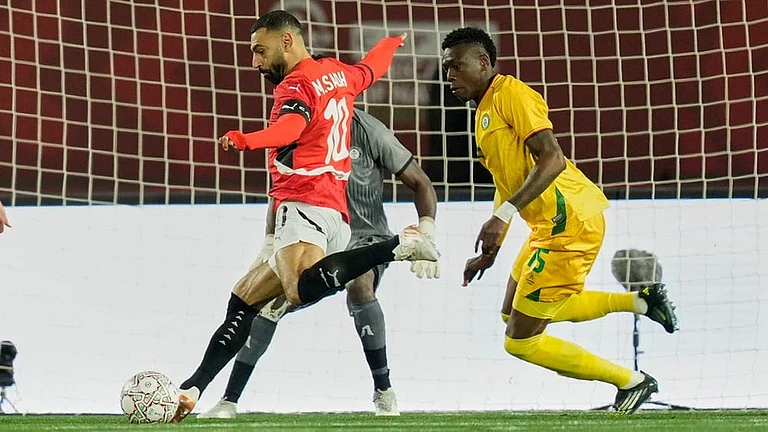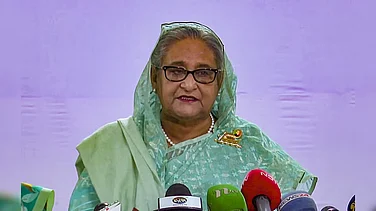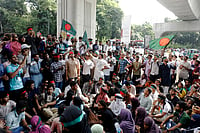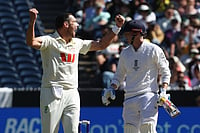The MNS flag Raj unveiled later that day suggests inclusive politics and a wider secular philosophy than that of the Sena. The saffron occupies centre-stage on the white flag, it’s not the only colour. There are bold horizontal stripes of blue and green running parallel to the saffron, above and below it. The political overtones are too obvious to be missed. Dalits and Muslims are part of the MNS agenda, they are welcome. Raj’s first independent public rally slated for March 19 to kickstart the MNS and outline its ideology is billed as the next big thing at the Shivaji Park ground.
At 38, having cut his umbilical cord in more ways than one, Raj stands at a juncture that career politicians could envy. He carries with him all the experience, lessons and grooming of 20 long years, the rough and tumble of building the Sena’s student wing, the geopolitical knowledge of the state that comes from travelling for meetings, the tough art of political negotiations, and of course the art of walking the tightrope.
Yet, the MNS launch means Raj has many new imponderables to contend with. From his own laid-back attitude that Sharad Pawar recently chided him for, his arrogance and steeped-in-saffron psyche to the financial support for a fledgling party, reliance on non-politicians most of whom are own friends or business accomplices, too many young aspirants hoping for their place under the sun. "There are Rajsaheb’s supporters everywhere, we have to convert them into office-bearers and build the organisation," says a Raj confidant. Both wish it can be as easily accomplished.
Raj’s target is clearly the civic election in Mumbai next February. If the MNS can form a respectable chunk of the house of 227 corporators, it would be a great start. Somewhat like his uncle capturing 42 of the then total 120 seats in the same body in the Sena’s first-ever electoral test in 1968—incidentally, the year Raj was born. But he would have to reduce the Sena’s presence and control in the local election and the civic body. Other parties like the Congress, the NCP and even Sena ally BJP can take their time to decide on Raj’s politics; one of them might even turn out to be his ally.
The first impact, however, would be on the Sena itself. On this, few are willing to back Raj’s gamble. The Sena itself is undergoing transformation, perhaps edging towards disintegration. It was born of a spontaneous movement, out of frustrations across Mumbai-Konkan. That philosophy, air-brushed by Hindutva, is no longer as attractive. The hardcore Sainik will remain loyal to the Thackerays but the younger Sainiks might find common cause with Raj, depending on what he offers them. Raj might have some impact on the Sena’s rural support base, given that his equation in the hinterland is a tad better than that of Uddhav. As it stands, Konkan is already lost to the Congress unless, say, Raj entices Narayan Rane to switch loyalties from the Congress.
Politically, Raj is still taking baby steps. Uddhav will lose some sleep but Bal Thackeray, though pained at his nephew’s rebellion, has less cause for concern. The immediate future may have happy surprises for the MNS, but won’t be that dim for the Sena either. Much depends on where Raj finds space in the crowded political firmament.


























